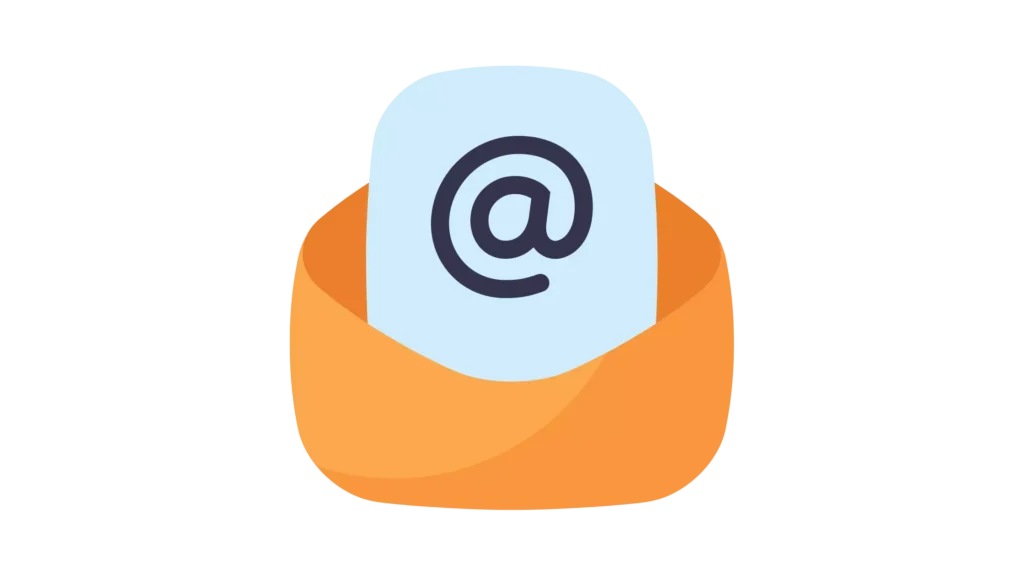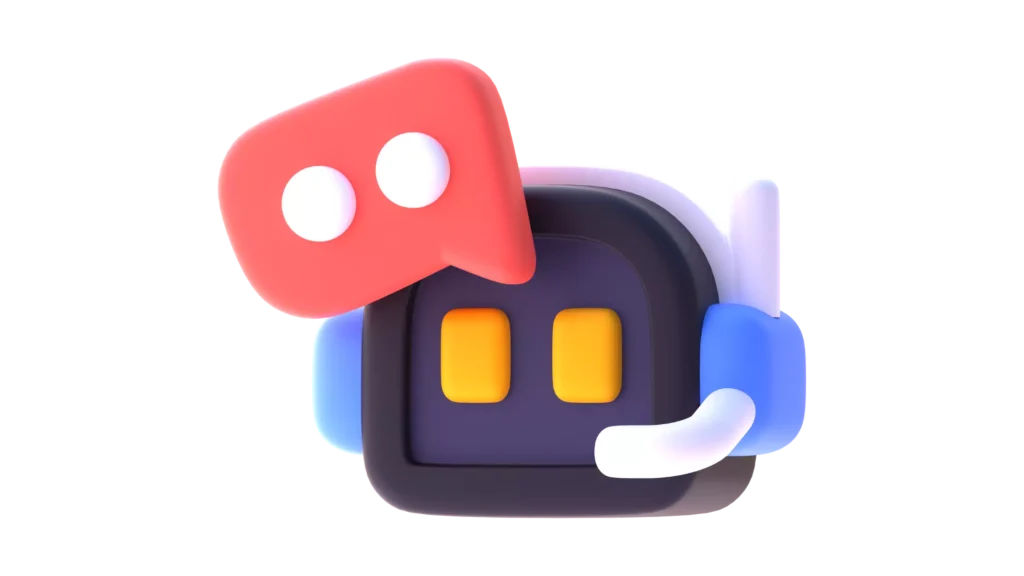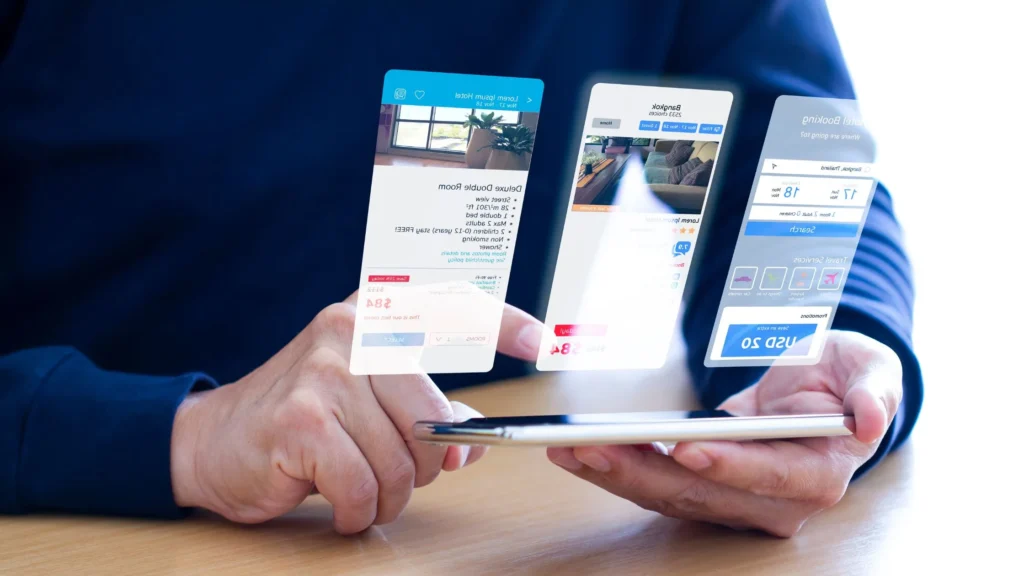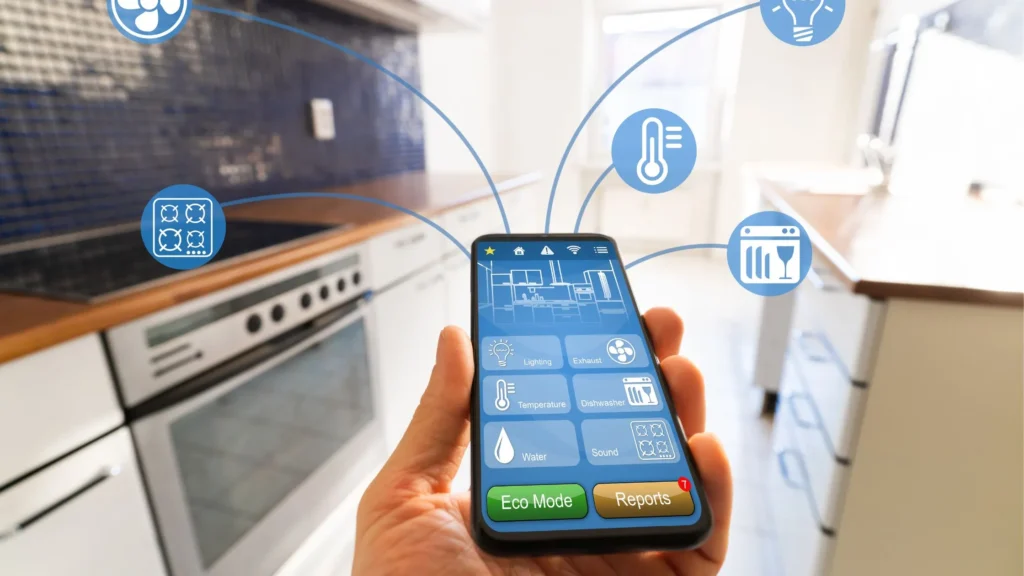Are you tired of spending countless hours on redundant assignments related to your customer service team? Alternatively, are you keen to optimize your workflow and economize precious time and resources? If so, it’s time to use Microsoft Power Automate for Customer Support.
Look no further than Microsoft Power Automate. This robust instrument can mechanize your customer service tasks and enrich your team’s productivity.
So let me show you how to utilize Microsoft Power Automate in the context of customer service and impart practical examples.

What is Microsoft Power Automate?
Microsoft Power Automate, previously known as Microsoft Flow, is a cloud-oriented facility that enables the creation of mechanized workflows between different applications and services.
Through the utilization of Power Automate, the capacity to mechanize repeated tasks and procedures, such as the delivery of electronic mail, notification establishment, and data updating, is made possible.
Power Automate is a component of the Microsoft Power Platform, including Power Apps and Power BI.
How Can Power Automate Help with Customer Support?
Power Automate is a powerful tool for streamlining customer support tasks.
There are a variety of ways that Power Automate can help improve your customer service experience.

1. Automate Email Responses
Automating email responses is an excellent way to save time and ensure that customers receive prompt responses.
You can save your team valuable time by creating a workflow that sends a canned response when a customer emails about a product return or a refund request.
Do I need coding skills to use Microsoft Power Automate?
No, Power Automate is user-friendly, with a drag-and-drop interface that requires no coding skills.
This makes it easy for anyone to create custom workflows using pre-built templates or building their workflow from scratch.

2. Automate Data Collection
Collecting and organizing customer data is another task that can be automated with Power Automate.
By creating workflows that automatically collect customer data from various sources, such as email, chat, or social media, you can organize the data into a centralized location, such as a spreadsheet or a CRM system, making it easier to track customer interactions and respond to their needs.
Can I use Microsoft Power Automate with other Microsoft apps?
Microsoft Power Automate is designed to work seamlessly with other Microsoft apps such as Dynamics 365 and Office 365.
This allows you to create custom workflows that integrate with your existing systems and processes.

3. Automate Notifications
Another way to improve your customer service experience is to automate notifications.
With Microsoft Power Automate, you can create workflows that automatically notify you or your team when a new customer request or a customer’s issue has been resolved.
You can set up notifications via email, text message, or a chat app like Microsoft Teams, ensuring you and your team are constantly updated on the latest customer interactions.
Is Microsoft Power Automate secure?
Yes, Microsoft Power Automate is designed to be secure, with features such as encryption and multi-factor authentication to protect your data.
You can also control access to your workflows and data sources to ensure that only authorized users can access sensitive information.

4. Automate Responses
Microsoft Power Automate can also help you automate responses to common customer inquiries or issues.
With pre-written responses, you can create workflows that automatically respond to customer emails, chats, or social media messages.
This can save your team time and improve response times, ensuring your customers receive the help they need quickly.

5. Automate Escalations
In some cases, customer issues may require escalation to a higher level of support.
With Microsoft Power Automate, you can create workflows that automatically escalate customer issues to the appropriate team member or manager.
You can set up rules that trigger escalations based on the type of issue or the customer’s urgency, ensuring that your team is always focused on the most critical customer needs.
Can I customize my workflows in Microsoft Power Automate?
You can customize your workflows in Microsoft Power Automate to meet your business needs.
You can add conditions, loops, and variables to your workflows to create complex logic and automate even more tasks.

6. Automate Feedback
Customer feedback is essential for improving your customer service experience.
With Microsoft Power Automate, you can create workflows that automatically collect and organize customer feedback.
You can set up surveys or forms that customers can fill out and automatically organize the data into a centralized location.
This can help you identify trends and areas for improvement and respond to customer feedback.
Can Microsoft Power Automate help me save time in my customer support processes?
Microsoft Power Automate can help you save time and streamline your customer support processes by automating repetitive tasks such as data collection, notifications, and responses.
This can free your team to focus on more complex issues and improve the overall customer experience.
Setting Up Microsoft Power Automate
Account registration is a prerequisite to commencing the configuration of Microsoft Power Automate. The registration process offers the option of either a gratuitous or paid scheme depending on one’s requirements.
Following registration, the user can initiate the workflow creation process via a prefabricated template or from the ground up by customizing their workflow preferences.
Additionally, the individual may interlink their data sources and calibrate their workflow parameters.
Steps to Create an Account
To create an account, go to the Power Automate website and sign up using your Microsoft account or create a new one.
Once you have signed in, you can access the Power Automate dashboard.
Adding a new flow
To create a new flow, click the “Create” button and select “Automated flow.”
You will then be prompted to choose a trigger and configure the actions taken when the trigger is activated.
Creating a trigger
In customer support, common triggers include receiving a new support ticket, receiving a customer inquiry via email or chat, or receiving a notification from a social media platform.
Once you have selected your trigger, you must configure it with the appropriate parameters, such as the email address or social media account to monitor.
Configuring actions
After the trigger is activated, you can configure the actions that should be taken.
This could include sending an email response to the customer, creating a support ticket in your CRM system, or updating a database record.
Power Automate offers a wide range of pre-built connectors to popular apps and services, making integrating with your existing systems easy.
Testing the flow
Before you activate your flow, testing it to ensure everything works as expected is essential.
You can do this by using the “Test” button in the Power Automate designer and providing sample data to test the flow.












Pingback: It’s Time To Use Microsoft Power Automate for Education